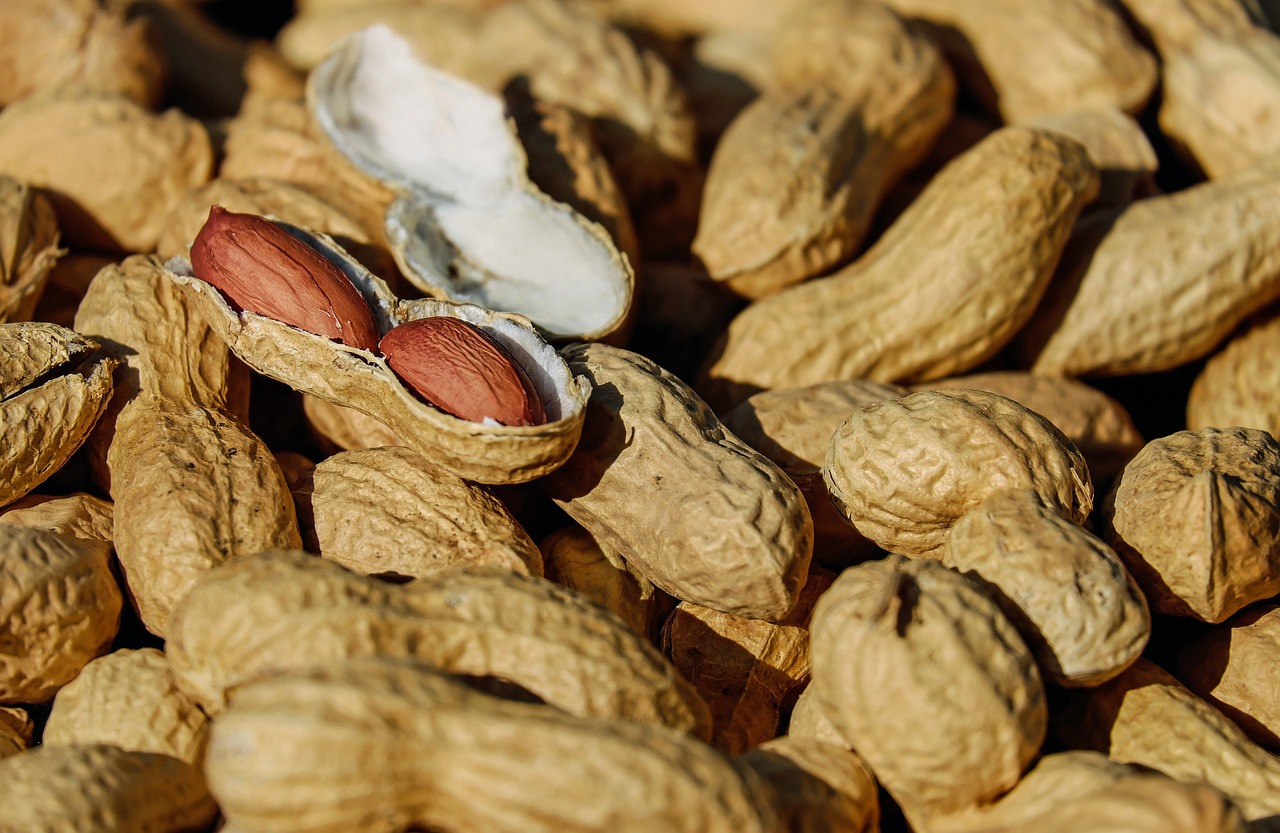Osteoporosis and Bone Health
Osteoporosis is an intensifying bone disease that affects millions of people worldwide. It is characterized by
low bone mass and deterioration of bone tissue, leading to an increased risk of fractures. In this article, we will explore the causes of osteoporosis, discuss preventive measures, and explore curative measures available for individuals already affected by this condition.
Causes of Osteoporosis:
Age:
Aging is one of the primary risk factors for osteoporosis. As we grow older, the process of bone remodeling, which involves the formation of new bone and the removal of old bone, slows down, resulting in a gradual loss of bone
density.
Hormonal Changes:
The development of osteoporosis can be greatly influenced by hormonal abnormalities. Because of their lower amounts of oestrogen during menopause, women are more vulnerable to bone loss. In a similar vein, males may age with reduced bone density due to hormonal changes.
Lifestyle Factors:
Certain lifestyle choices can increase the risk of osteoporosis. Lack of physical activity, excessive alcohol consumption, smoking, and a diet low in calcium and vitamin D can all contribute to the weakening of bones.
Medical Conditions and Medications:
Rheumatoid arthritis, celiac disease, and hormone imbalances are a few illnesses that can make osteoporosis more likely to occur. Furthermore, prolonged use of some drugs, such as corticosteroids, might have a detrimental effect on bone health.
Osteoporosis Prevention:
Balanced Diet:
Consuming a well-balanced diet rich in calcium and vitamin D is crucial for maintaining healthy bones. Foods like dairy products, green leafy vegetables, fortified cereals, and fatty fish can provide essential nutrients necessary for
bone health.
Regular Exercise:
Engaging in weight-bearing exercises such as walking, jogging, dancing, and strength training can help improve bone density. These activities put stress on the bones, stimulating the body to build stronger bones.
Avoidance of Risky Habits:
Limiting alcohol consumption and quitting smoking can have a positive impact on bone health. Excessive alcohol intake and smoking have been linked to reduced bone density and increased fracture risk.
Hormone Replacement Therapy:
In some cases, hormone replacement therapy (HRT) may be recommended for women experiencing menopause-related bone loss. HRT can help balance hormone levels and slow down bone loss, reducing the risk of fractures.
Osteoporosis Curative Measures:
Medications:
Several medications are available to treat osteoporosis by slowing down bone loss or stimulating bone formation. Commonly prescribed medications include bisphosphonates, hormone-related therapy, selective estrogen receptor modulators (SERMs), and calcitonin.
Calcium and Vitamin D Supplements:
If an individual’s diet lacks sufficient calcium and vitamin D, supplements may be recommended to support bone health. It is important to consult a healthcare professional to determine the appropriate dosage.
Fall Prevention:
Since osteoporosis increases the risk of fractures, preventive measures to reduce falls are crucial. These include ensuring adequate lighting, removing tripping hazards, using assistive devices, and regular vision check-ups.
Lifestyle Modifications:
Adopting a healthy lifestyle can aid in managing osteoporosis. This includes maintaining a balanced diet, regular exercise, and avoiding tobacco and excessive alcohol consumption.
Conclusion:
Osteoporosis is a common condition that affects bone health, particularly in older individuals and postmenopausal women. While it is not entirely preventable, certain measures can significantly reduce the risk of developing osteoporosis and slow down its progression. Adopting a healthy lifestyle, including a well-balanced diet, regular exercise, and avoiding harmful habits, can play a vital role in maintaining good bone health even in older ages.






good